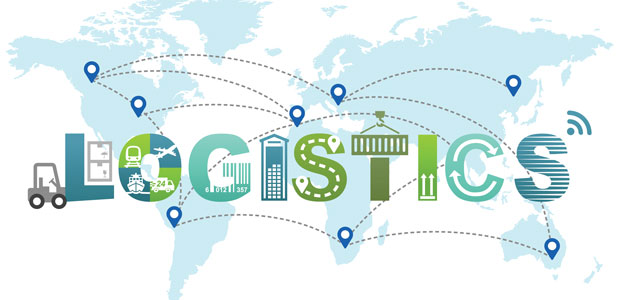
All you need to know about reverse logistics
Reverse logistics is crucial for any company involved with logistics, delivery or the supply chain process. To help you get started, today we will list everything you should know about reverse logistics and how to have a successful operation.
Supply chains have recently evolved to improve operational efficiencies and reduce environmental impact. The reverse supply chain, also known as reverse logistics, enables firms to protect their brands by minimizing product waste and using sustainable raw materials.
If a company returns a product damaged or in poor quality to its customers, it can be catastrophic. Hence, companies need to understand the importance of reverse logistics and how it can help increase the customer lifetime value.
What is reverse logistics?
Reverse logistics is a concept that has been gaining importance as businesses pursue sustainable practices and customers seek efficient, convenient delivery of products and services. Reverse logistics collects, inspects, and returns products to their point of interaction, ideally for further use or resale.
This operation is a crucial part of an integrated supply chain strategy that positively impacts companies, both environmentally and economically. It also helps companies proactively mitigate product safety recalls, meaning less waste and brand damage for firms, more efficient use of valuable resources for customers, and increasingly sustainable consumer products.
In a nutshell, companies use reverse logistics when goods move from their destination back through the supply chain to the seller and potentially back to the suppliers. The goal of reverse logistics is to regain value and ensure repeat customers.
Reverse logistics vs Traditional logistics
The difference is straightforward, and if you ever purchased something, traditional logistics has 100% impacted you. Traditional logistics is the standard process from purchase to delivery. When you buy something, the process starts with the supplier, moving to the distributor. From this point, the product goes to the retailers or the consumer directly.
At the same time, reverse logistics is when the management starts at the end with the consumer. They didn't like the product, or it came with a defect. So the consumer will return it to the source, moving in the opposite direction: consumer, distributor, supplier.
How do reverse logistics work?
As previously mentioned, this process moves products backwards from the traditional endpoint of the supply chain back to the supplier. Companies can do this process or outsource it to a third party.
It involves managing returns and buying surplus goods and materials. The process is also responsible for dealing with any leases or refurbishments. Reverse logistics vary across different industries, with various economic incentives for improvement.
With the increasing demand for sustainability, many companies choose a "closed-loop" logistics principle. The reuse is, therefore, the right track to reducing waste and decreasing costs. Reverse logistics can be a critical factor in this trend. But reverse logistics is more than just sending products back to the manufacturer. And it is a complex network also involving recycling, resale and repair.
To conclude, it is true that reverse logistics can be a crucial element for sustainability but is also essential for customer lifetime value. Suppose a company considers this aspect and makes reverse logistics one of its core strategies to provide a good customer experience by sending back quality products in good condition. In that case, it can be highly beneficial and help the company gain its customers' trust and increase overall sales.


